|
|

General Beach Safety Tips
Handy reminders for a safe and fun frolick in the waters of Subic Bay!

|
Learn to swim. |

|
Check the weather report before heading to the beach. |
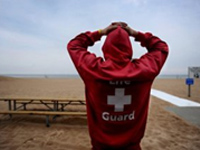
|
Look for a lifeguard before getting into the water. |

|
Know what you're up against. |

|
Enter water feet first. |
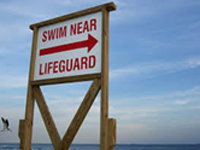
|
Swim near a lifeguard. |

|
Check conditions before entering the water. |
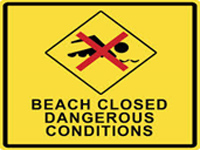
|
Obey posted signs and flags. |
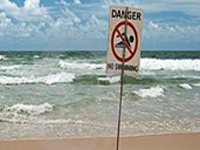
|
Swim within designated swimming areas only. |

|
Have young children and inexperienced swimmers wear life jackets in and around the water. |

|
Pay close attention to children and elderly persons on the beach. |
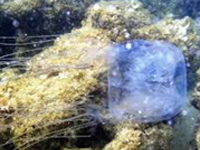
|
Keep a look out for aquatic life. |
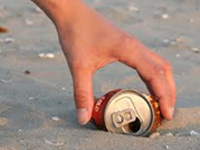
|
Keep the beach and water clean. |

|
Swim with a buddy. |
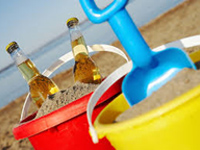
|
Never ever mix alcohol and swimming. |

|
Never put your back to the waves. |

|
Watch out for rip currents. |
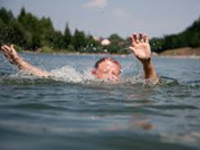
|
Know how to identify swimmers in need. |

|
Hydrate often and properly. |

|
Protect your skin. |

|
Recognize the symptoms of heat exhaustion and heat stroke Sources: |
Emergency Numbers:
| Emergency Hotline Desk | 911 (PLDT-SubicTel Landline) 9111 (Globe and Smart Mobile) |
| Fire Department | 160 |
| Forest Rangers (Naval Mag Area) | 167 |
| Law Enforcement | 166 |
| Medical Response | 161 |
References:
- http://www.redcross.org/
- http://www.usla.org/
- http://greatist.com/
External Links
E-Billing & Payment System | Official Gazette of PH | BCDA | Clark | Clark is it | Subic Bay Freeport Chamber of Commerce | DMIA | Subic Bay HATS Visitors Board | FIRBSubic Bay Metropolitan Authority. All Rights Reserved. Bldg. 229 Waterfront Road, Subic Bay Freeport Zone, Philippines.
Voice: +6347 252 7262 Fax: +6347 252 5278 | Terms of Use | Sitemap

ISO Certified - DQS |

Transparency Seal |

Freedom of Information |
|

